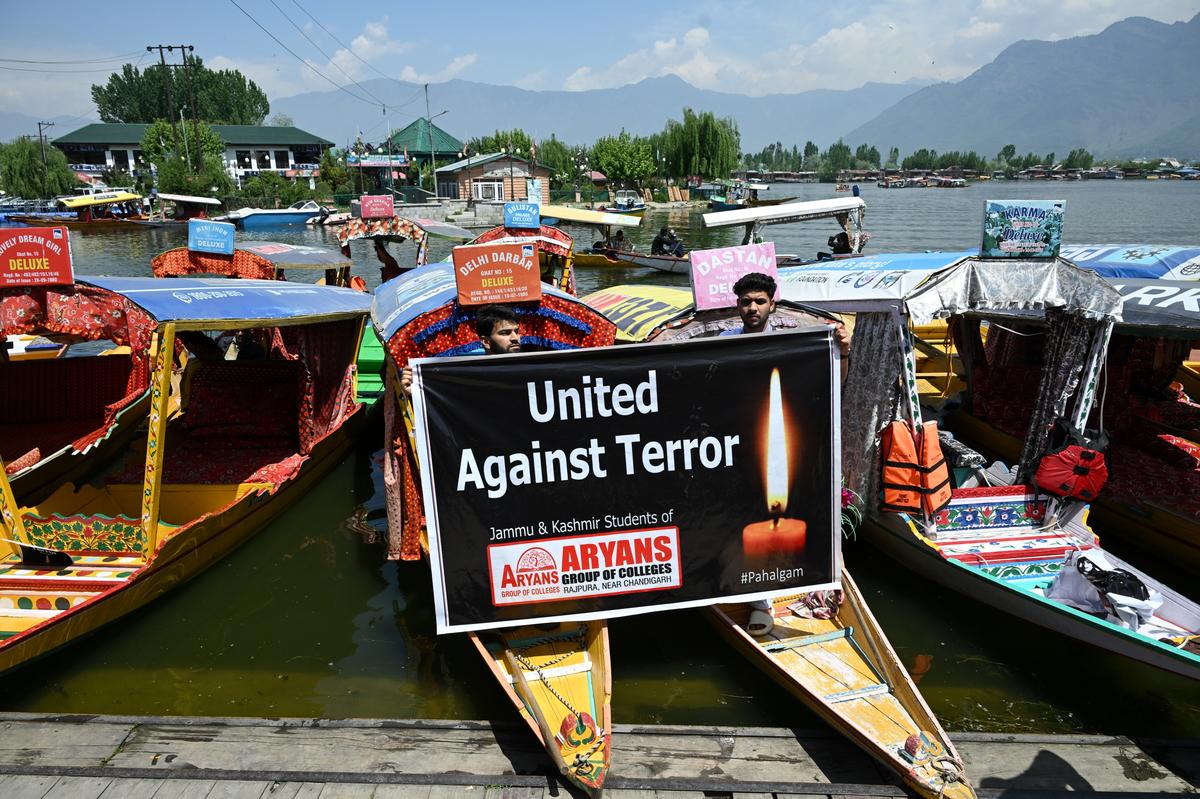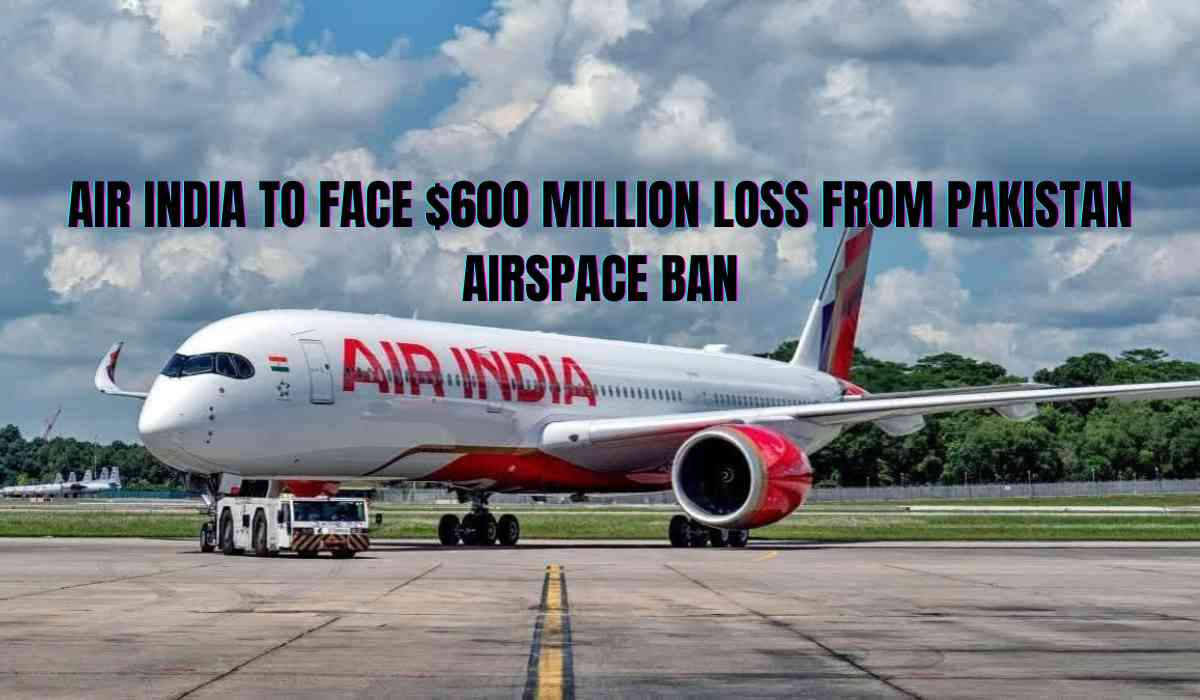The closure of Pakistan's airspace to Indian airlines has created significant disruptions in the aviation sector, particularly for major carriers like Air India and IndiGo. This development, which follows escalating tensions between India and Pakistan over a deadly terrorist attack in Pahalgam, Kashmir, has led to a series of operational and financial challenges for Indian airlines.

Background: The Pahalgam Terror Attack and Diplomatic Fallout
On Tuesday afternoon, a terrorist attack in Pahalgam, Kashmir, led to the deaths of 26 people, including civilians and a foreign national from Nepal. The attack, which is considered the deadliest on civilians in years, has been attributed to Pakistani-backed militant groups, notably The Resistance Front, a proxy of Lashkar-e-Taiba. Indian authorities claim Pakistan’s involvement, and they have pointed to evidence linking the attack to Pakistani elements.
In retaliation, India imposed several diplomatic measures, including:
-
Suspension of the Indus Waters Treaty, which provides Pakistan with around 80% of its water supply from the Indus River system.
-
Revocation of visas for Pakistani nationals, including medical visas.
-
Closure of the Integrated Check Post at Attari and suspension of visas under the SAARC Visa Exemption Scheme.
-
Declaration of defense and military officials at the Pakistani High Commission in New Delhi as "persona non grata."
In response, Pakistan closed its airspace to Indian airlines, which has severely impacted Indian aviation, particularly long-haul international flights.

The Financial and Operational Impact on Air India and IndiGo
Increased Fuel Costs and Longer Flight Durations
The closure of Pakistan’s airspace has forced Indian airlines to reroute international flights, leading to longer travel times and increased fuel consumption. This has directly affected both Air India and IndiGo, resulting in higher operating costs.
-
Air India has projected a loss of $600 million if the airspace ban continues for one year. The airline has filed a claim for damages and requested financial relief from the Indian government.
-
IndiGo, India’s largest budget airline, has also experienced disruptions, though its impact is less severe due to a lower number of long-haul routes compared to Air India.
For example, Air India’s flight AI127 from Delhi to Chicago, which previously covered 12,500 kilometers in 14 hours and 47 minutes, now needs to cover 15,000 kilometers, taking over 19 hours due to the rerouting.
Routes Affected and Alternative Fuel Stops
Several international routes have been rerouted, requiring refuelling stops in cities such as Vienna (Austria) and Copenhagen (Denmark). For example, AI174, which operates from San Francisco to Delhi, used to take 15 hours and 25 minutes but now takes over 20 hours due to the additional refueling stop.
This situation has resulted in:
-
Increased fuel consumption due to longer flight durations.
-
Reduced cargo capacity as more space is taken up by fuel.
-
Airlines are facing additional crew scheduling challenges, as the extended flight times require more pilots and flight attendants.

Passenger Inconvenience and Flight Disruptions
Passengers traveling on affected routes are experiencing significant disruptions. Both Air India and IndiGo have warned of delays and cancellations due to the rerouted flights. The airspace closure has especially impacted flights to and from North America, Europe, and the Middle East.
-
Air India’s flight from Delhi to New York and Delhi to Chicago now takes several hours longer.
-
Regional flights, such as IndiGo flight 6E1806 from Delhi to Tashkent, which used to take around 2 hours 18 minutes, now takes 5 hours 30 minutes due to the alternative routing through Iran and Turkmenistan.
Both airlines have advised passengers to double-check flight schedules before arriving at the airport and have expressed regret for the inconvenience caused.
Financial Strain on Air India: A Request for Government Support
Given the extensive financial strain caused by the airspace closure, Air India has formally requested the Indian government to provide a subsidy model to mitigate the additional costs. The airline estimates that the disruption could result in losses of over 50 billion Indian rupees (approximately $591 million) per year if the airspace ban continues.
The airline has emphasized that:
-
The additional fuel burned and extra crew needed for longer flights are substantial financial burdens.
-
A subsidy for impacted international flights could provide an equitable solution, which could be withdrawn once the situation improves.
Impact on Indian Airlines’ Growth and Expansion Plans
The airspace closure comes at a time when Air India is undergoing a multi-billion dollar overhaul following its conversion to state ownership. The airline is already facing setbacks in its growth due to delays in the delivery of Boeing and Airbus planes, which has hindered its ability to expand its fleet.
Moreover, aircraft fuel and oil costs typically account for about 30% of an airline's operating costs, making it the largest component. The higher fuel costs resulting from the rerouted flights only exacerbate this financial burden.
India’s Response: Mitigating the Impact
The Indian government is exploring several measures to mitigate the effects of the airspace closure on the aviation industry. These include:
-
Alternative Flight Routes: Airlines are working with the civil aviation ministry to identify and implement alternative flight paths that avoid Pakistan's airspace. This includes flying over difficult terrain or seeking overflight clearances from China.
-
Negotiations for Tax Relief and Financial Relief: The government is considering providing financial support to airlines affected by the extended flight times and increased operational costs. A potential subsidy for international flights is under discussion, with the aim of easing the financial burden on carriers like Air India and IndiGo.
-
Additional Crew for Long-Haul Routes: To address the extended flight durations, the government may allow airlines to deploy additional crew members for long-haul flights to North America and Canada and provide tax relief to offset the higher operational costs.
These measures aim to alleviate some of the operational difficulties caused by the airspace closure, though the long-term financial impact remains uncertain.
Political and Strategic Reactions
The airspace closure is part of a broader diplomatic conflict between India and Pakistan. The dispute between the two nuclear-armed neighbors has escalated following the terrorist attack in Pahalgam, which has led to heightened security concerns and a re-evaluation of regional policies.
-
Pakistan's Denial: Pakistan has denied involvement in the attack and claims it is not responsible for the actions of the militants. The country has emphasized that the closure of its airspace is a response to India’s diplomatic measures.
-
India’s Strong Stance: Prime Minister Narendra Modi has vowed to identify and punish those responsible for the attack, sending a strong message that India will not tolerate cross-border terrorism.
A Growing Crisis for Indian Airlines
The closure of Pakistan's airspace has presented significant challenges for Indian airlines, particularly Air India and IndiGo, which are facing higher fuel costs, longer flight times, and operational disruptions. While the Indian government is considering various relief measures, including subsidies and alternative flight routes, the financial and operational strain on airlines is likely to persist as long as the airspace ban continues.
As both countries continue to engage in diplomatic and strategic standoffs, the aviation industry remains on high alert, with airlines working to adapt to the new realities of the airspace closure. For now, passengers can expect delays and longer flight times, especially on routes to and from North America, Europe, and the Middle East.
With inputs from agencies
Image Source: Multiple agencies
© Copyright 2025. All Rights Reserved Powered by Vygr Media.






















